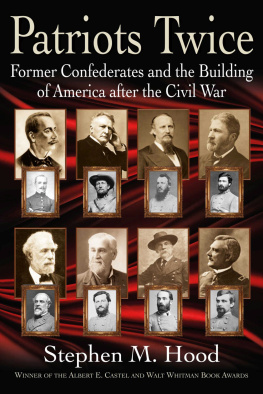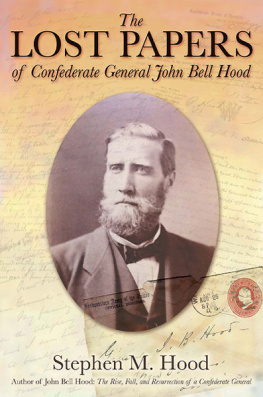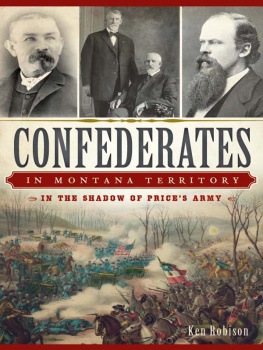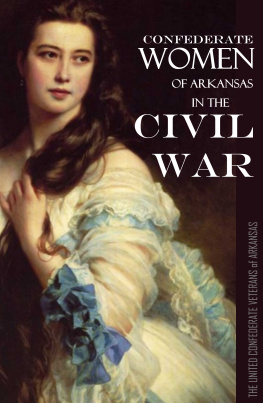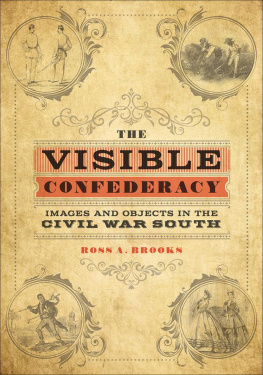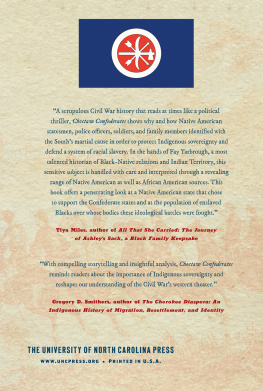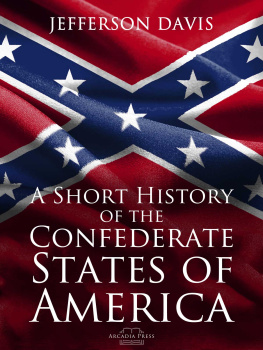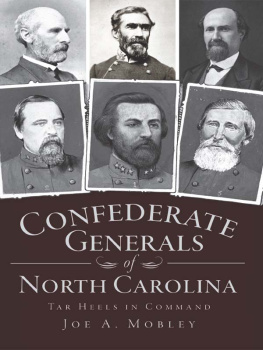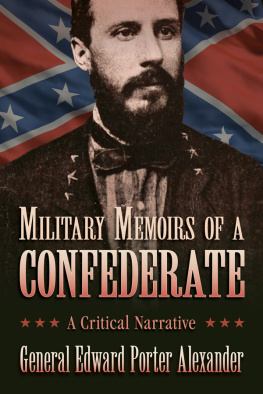Stephen M. Hood - Patriots Twice: Former Confederates and the Building of America after the Civil War
Here you can read online Stephen M. Hood - Patriots Twice: Former Confederates and the Building of America after the Civil War full text of the book (entire story) in english for free. Download pdf and epub, get meaning, cover and reviews about this ebook. year: 2020, publisher: Savas Beatie, genre: Politics. Description of the work, (preface) as well as reviews are available. Best literature library LitArk.com created for fans of good reading and offers a wide selection of genres:
Romance novel
Science fiction
Adventure
Detective
Science
History
Home and family
Prose
Art
Politics
Computer
Non-fiction
Religion
Business
Children
Humor
Choose a favorite category and find really read worthwhile books. Enjoy immersion in the world of imagination, feel the emotions of the characters or learn something new for yourself, make an fascinating discovery.
- Book:Patriots Twice: Former Confederates and the Building of America after the Civil War
- Author:
- Publisher:Savas Beatie
- Genre:
- Year:2020
- Rating:5 / 5
- Favourites:Add to favourites
- Your mark:
Patriots Twice: Former Confederates and the Building of America after the Civil War: summary, description and annotation
We offer to read an annotation, description, summary or preface (depends on what the author of the book "Patriots Twice: Former Confederates and the Building of America after the Civil War" wrote himself). If you haven't found the necessary information about the book — write in the comments, we will try to find it.
The long and bloody American Civil War claimed the lives of more than 700,000 men. When it ended, former opponents worked to rebuild their reunified nation and move into the future together. Many people will find that surprisingespecially in an era witnessing the destruction or removal of Confederate monuments and the desecration of Confederate cemeteries.
In this unique and timely book, award-winning author Stephen M. Hood identifies more than three hundred former Confederate soldiers, sailors, and government officials who reintegrated into American society and attained positions of authority and influence in the federal government, the United States military, academia, science, commerce, and industry. Their contributions had a long-lasting and positive influence on the country we have today.
For example, ten postwar presidents appointed former Confederates as Supreme Court justices, secretaries of the U.S. Navy, attorneys general, and a secretary of the interior. Dozens of former Southern soldiers were named U.S. ambassadors and consuls, and eight were appointed generals who commanded troops during the Spanish-American War. Former Confederates were elected mayors of such unlikely cities as Los Angeles, Minneapolis, and Santa Fe, and served as governors of multiple non-Confederate states and territories.
Ex-Southern soldiers became presidents of professional societies including the American Bar Association and the American Medical Association, to name only a few. Others paved the way in science and engineering by leading the American Society of Civil Engineers, the American Chemical Society, the American Association for the Advancement of Science, and the Geological Society of America. One former Confederate co-founded the environmental preservation group Sierra Club, and another was president of the Society for Classical Studies.
Former soldiers in gray founded or co-founded many colleges and universitiessome exclusively for women and newly freed African-Americans. Other former Rebels served as presidents of prominent institutions, including the University of California, Berkeley, and taught at universities outside the South including Harvard, Yale, the University of Wisconsin-Madison, Johns Hopkins, and Amherst College. Several others served on the governing boards of the United States Military Academy at West Point and the United States Naval Academy at Annapolis.
Every reader of Patriots Twice has benefited from the post-Civil War reconciliation when former combatants put down their swords, picked up their plowshares, and accepted the invaluable contributions of these (and thousands of other) former Confederates. The men who carried the bayonets found common cause and moved on together. This is an important concept everyone shouldno, mustembrace to keep America united, strong, and free.
Stephen M. Hood: author's other books
Who wrote Patriots Twice: Former Confederates and the Building of America after the Civil War? Find out the surname, the name of the author of the book and a list of all author's works by series.

